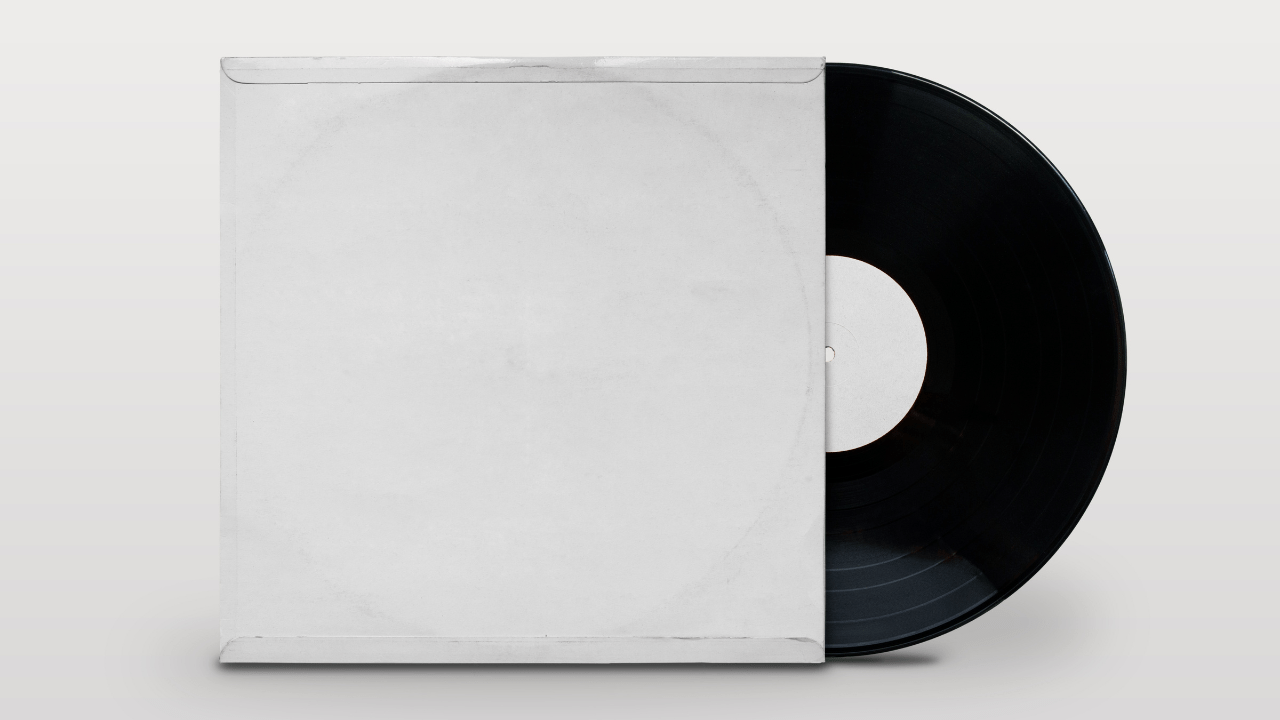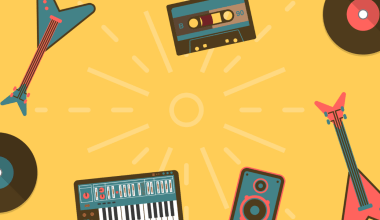Why Album Cover Size Matters?
Album covers are not just pretty pictures; they are your music’s first impression on the audience. Whether you’re uploading songs on Spotify, YouTube Music, or creating physical copies, the right album cover size ensures your art looks professional. Misaligned or poorly formatted covers can turn potential fans away. With the right guidance, you can avoid these pitfalls and make your music stand out!
1. What is the Standard Album Cover Size?
The most widely accepted album cover size for digital platforms is 3000 x 3000 pixels in a square aspect ratio (1:1). Why this size? It provides:
- High Resolution: Ensures quality on both small mobile screens and large desktop monitors.
- Flexibility: Suitable for resizing without losing quality.
- Compatibility: Meets the requirements of all major streaming platforms like Spotify, Apple Music, and Amazon.
For physical covers like vinyl or CDs, the size may vary but should still maintain a square aspect ratio. Common dimensions include:
- Vinyl Records: 12 x 12 inches (approx. 3600 x 3600 pixels digitally).
- CD Covers: 4.75 x 4.75 inches (approx. 1425 x 1425 pixels digitally).
2. Why Resolutions and Formats Matter?
Resolution refers to the number of pixels in your image. For album covers, stick to 300 dpi (dots per inch) for print and 72 dpi for digital use.
File formats are equally critical. Use:
- JPEG (.jpg): For high-quality images with smaller file sizes.
- PNG (.png): For transparent backgrounds or high-quality visuals without compression.
- TIFF (.tiff): For professional printing.
3. How to Create High-Quality Album Covers?
Creating an impactful album cover involves more than just choosing the right size. Follow these steps:
A. Choose the Right Tools
Software like Adobe Photoshop, Canva, or GIMP can help you design professional covers.
B. Select a Theme
Your cover should reflect the mood and genre of your music. For instance:
- A soft acoustic album might use pastel tones and minimalistic fonts.
- An energetic pop album may lean toward bold colors and striking visuals.
C. Add Text Smartly
Place your album name and artist name where they are visible but not overwhelming. Use clean, legible fonts.
D. Stay Legal
Avoid using copyrighted images without permission. Opt for royalty-free images or create original artwork.
4. Platform-Specific Album Cover Size Guidelines
Different platforms may have specific requirements. Here’s a quick breakdown:
| Platform | Recommended Size | File Format | Notes |
|---|---|---|---|
| Spotify | 3000 x 3000 px | JPEG, PNG | Minimum 640 x 640 px |
| Apple Music | 3000 x 3000 px | JPEG, PNG | Ensure high color accuracy |
| YouTube Music | 3000 x 3000 px | JPEG, PNG | Works for playlist and album visuals |
| Amazon Music | 3000 x 3000 px | JPEG, PNG | High resolution for zoom functionality |
| SoundCloud | 800 x 800 px | JPEG, PNG | Smaller size for faster uploads |
5. Common Mistakes to Avoid
A. Using Low-Resolution Images
A blurry or pixelated image can ruin your album’s appeal.
B. Overcrowding the Design
Avoid excessive text or visual clutter that distracts from the main artwork.
C. Ignoring Platform Requirements
Each platform has specific standards. Not adhering to them can lead to rejected uploads.
D. Ignoring Color Profiles
Always use RGB for digital and CMYK for print designs.
6. Trends in Album Covers: What’s Hot?
A. Minimalism
Simple yet striking designs are becoming increasingly popular.
B. Hand-Drawn Art
Artists are incorporating sketches and hand-drawn elements for a unique touch.
C. Retro Aesthetics
Vintage vibes, including muted tones and old-school fonts, are trending.
D. Bold Typography
Using text as the main design element is a growing trend, especially in the indie genre.
7. Album Cover Size FAQs
Q1: Can I use a smaller size than 3000 x 3000 pixels?
Yes, but the quality might suffer on high-resolution displays. Always aim for the standard size.
Q2: Can I resize an existing image to fit the dimensions?
You can, but enlarging a smaller image often leads to pixelation. Use original high-resolution files.
Q3: Do I need a professional designer?
Not necessarily. Tools like Canva make it easy for beginners to create stunning covers.
8. Final Tips for Musicians
- Test Across Devices: Preview your cover on phones, tablets, and desktops.
- Get Feedback: Share drafts with friends or fans to get opinions.
- Use Templates: Platforms like Canva offer pre-sized templates for album covers.
- Optimize for SEO: Use your album name and artist name in the image metadata.
Conclusion: Your Album Cover is Your Brand
The right album cover size and design can elevate your music’s presence. Treat your cover art as an investment in your music career. With the correct dimensions, high-quality design, and a dash of creativity, your album can grab attention, tell a story, and leave a lasting impression.
Start creating now and let your music shine visually as much as it does sonically!
For further reading, explore these related articles:
For additional resources on music marketing and distribution, visit Deliver My Tune.





